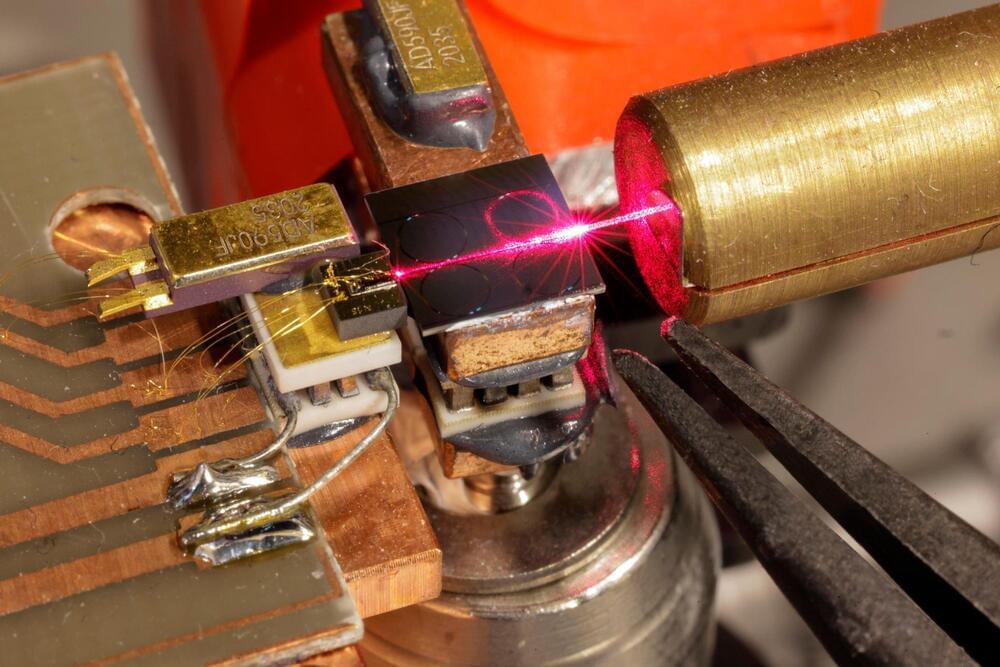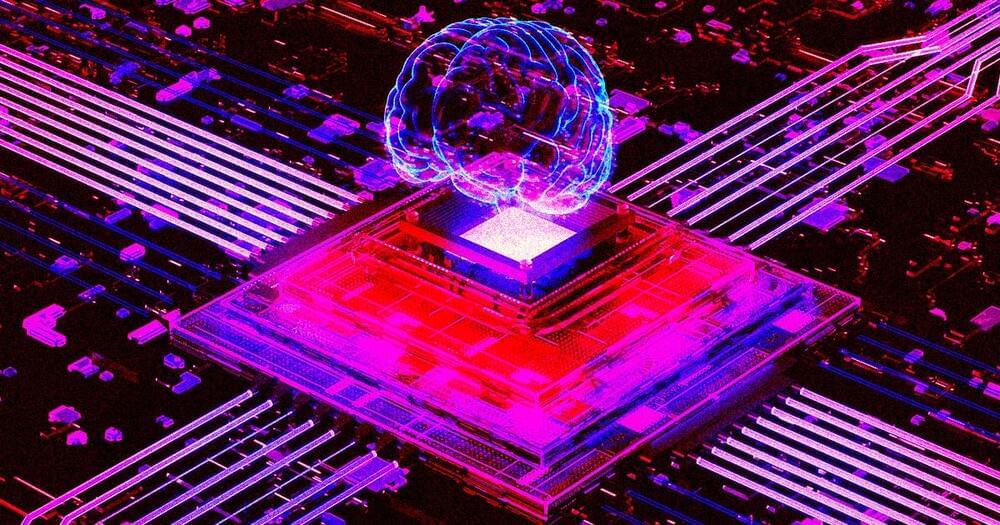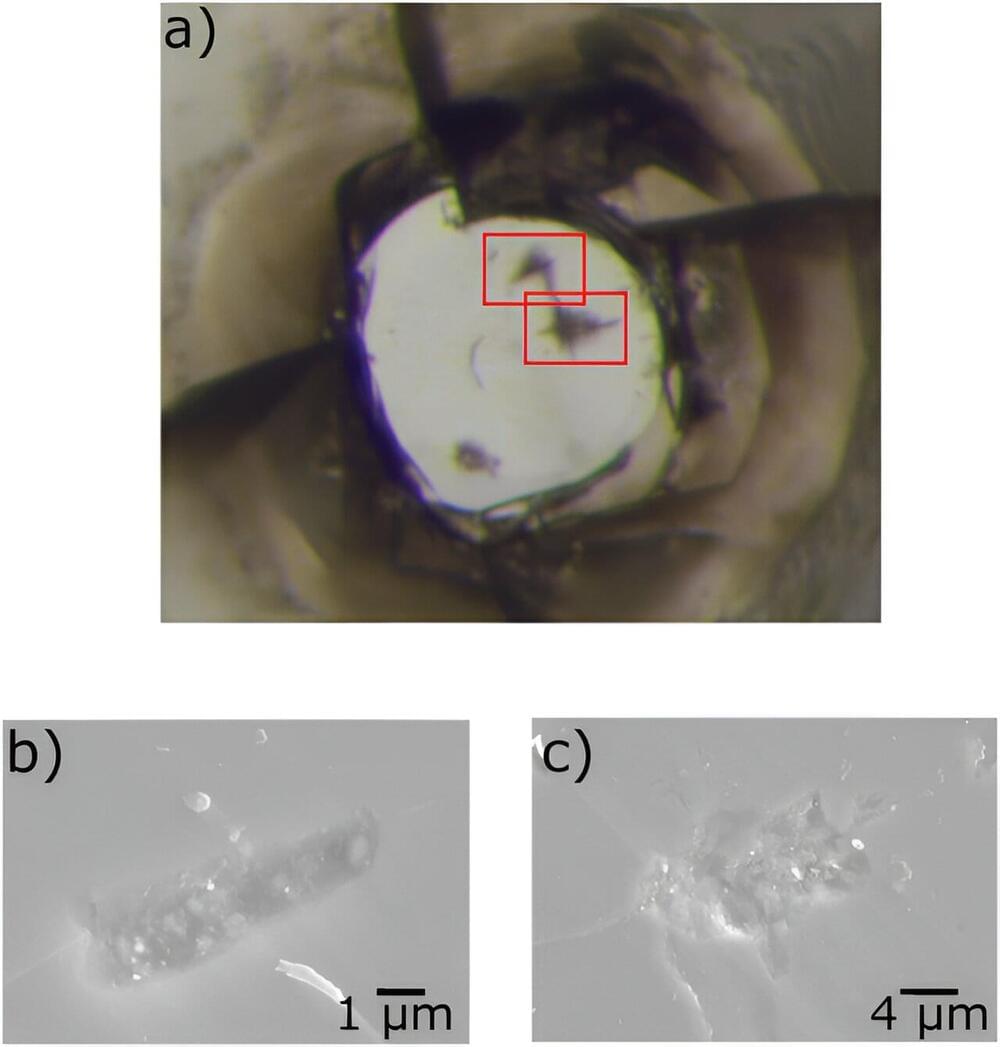A recent study published in The Astrophysical Journal and presented at this week’s American Geophysical Union Annual Meeting 2023 examines how 17 exoplanets could harbor interior oceans of liquid water, and possibly even geysers, much like two moons within our solar system, Europa and Enceladus. This study was conducted by a team of researchers across academia and multiple research institutions and holds the potential to help scientists better understand the prospects and conditions for finding life beyond our solar system, including the examination of how life could form outside of a star’s habitable zone (HZ).
Image of Saturn’s moon, Enceladus, and its geysers taken by NASA’s Cassini spacecraft in November 2010, which could mirror exoplanets with interior oceans and geysers. (Credit: NASA/JPL-Caltech/Space Science Institute)
“Our analyses predict that these 17 worlds may have ice-covered surfaces but receive enough internal heating from the decay of radioactive elements and tidal forces from their host stars to maintain internal oceans,” said Dr. Lynnae Quick, who is a planetary geophysicist at NASA’s Goddard Space Flight Center and lead author of the study. “Thanks to the amount of internal heating they experience, all planets in our study could also exhibit cryovolcanic eruptions in the form of geyser-like plumes.”



 עברית (Hebrew)
עברית (Hebrew)




